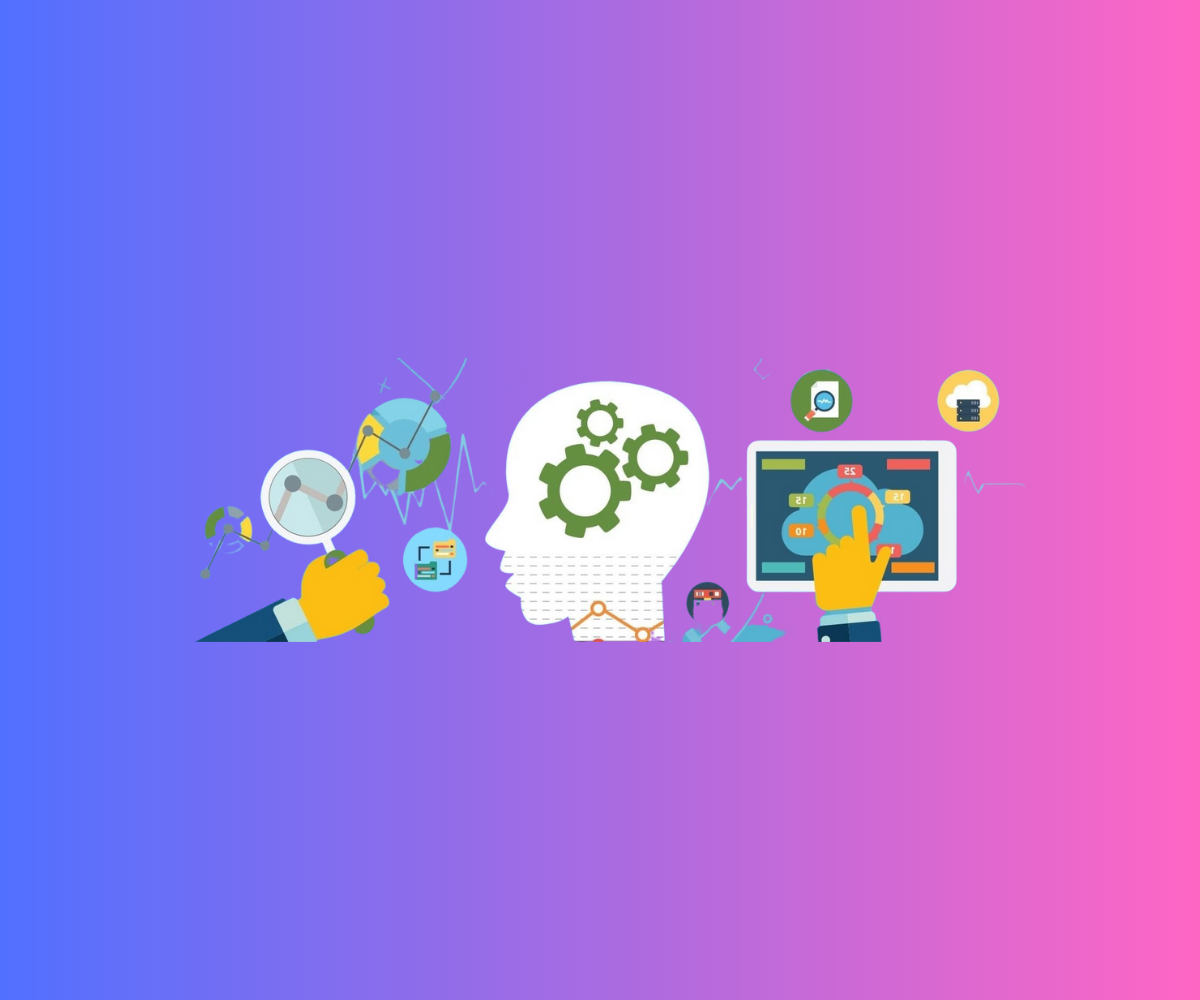6. Use Cases and Application Areas:
Explore the diverse range of use cases and application areas for UiPath. From automating data entry and invoice processing to streamlining customer service and HR processes, discover how UiPath can transform various industries and departments.
7. Learning and Training Resources:
Discover the available learning resources to get started with UiPath. Explore UiPath Academy, an online learning platform that offers free courses and certifications. Additionally, find community forums, online tutorials, and developer documentation to support your learning journey.
8. Future Trends and Career Opportunities:
Understand the future trends in RPA and the growing demand for UiPath skills in the job market. Explore the career opportunities available for UiPath professionals, including roles such as RPA developer, solution architect, and RPA consultant.
Who Can Do Uipath:
UiPath is a versatile tool that can be learned and utilized by individuals from various professional backgrounds. The following individuals can benefit from learning UiPath:
1. IT Professionals:
Software developers, system administrators, and IT specialists can leverage UiPath to automate repetitive tasks and streamline business processes.
2. Business Analysts:
Business analysts can learn UiPath to understand the automation possibilities within their organizations and contribute to process improvement initiatives.
3. Process Owners:
Process owners who are responsible for managing and optimizing specific business processes can use UiPath to automate manual tasks, reduce errors, and improve efficiency.
4. Automation Enthusiasts:
Individuals with a keen interest in automation and emerging technologies can explore UiPath as a means to enhance their skills and knowledge in the field.
5. Anyone Interested in Robotic Process Automation (RPA):
UiPath provides a user-friendly interface and extensive learning resources, making it accessible to individuals with no prior programming experience who are interested in learning RPA.
Prerequisites For Uipath
There are no strict prerequisites for learning UiPath as it is designed to be user-friendly and accessible to individuals with varying levels of technical expertise. However, having a basic understanding of programming concepts and familiarity with software applications can be beneficial. Here are some suggested prerequisites:
1. Basic Computer Skills:
Familiarity with operating systems (e.g., Windows), file management, and general computer navigation is helpful.
2. Process Understanding:
Having a good understanding of the business processes you intend to automate will facilitate the design and implementation of effective automation solutions.
3. Logical Thinking:
Strong logical thinking and problem-solving skills are valuable when designing and troubleshooting automation workflows.
4. Programming Concepts:
While not mandatory, knowledge of programming concepts such as variables, loops, conditionals, and data types can help in understanding and building more complex automation workflows.
5. Database and Excel Knowledge:
Basic knowledge of working with databases and spreadsheets (e.g., Microsoft Excel) is useful, as many automation tasks involve interacting with data stored in these formats.
6. Workflow Understanding:
Familiarity with process flow and how different steps interact within a workflow can assist in designing efficient and effective automation processes.
7. Desire to Learn:
The most important prerequisite is a willingness to learn and explore new technologies. UiPath provides comprehensive learning resources, including tutorials, documentation, and online training, to support your journey.
Conclusion:
UiPath is a powerful RPA tool that enables organizations to automate repetitive tasks and streamline business processes. By understanding the fundamentals of UiPath and its wide range of features and applications, you can harness the power of automation and drive efficiency in your organization.






No Comments Yet
Let us know what you think